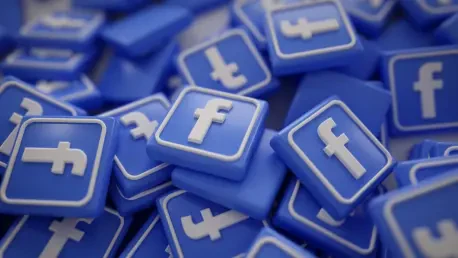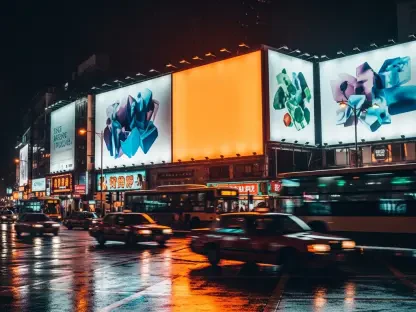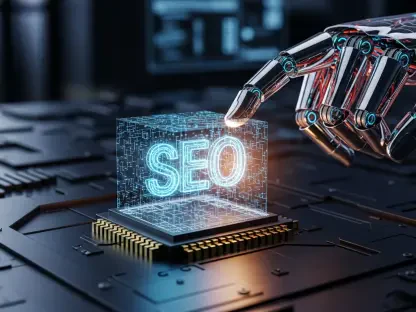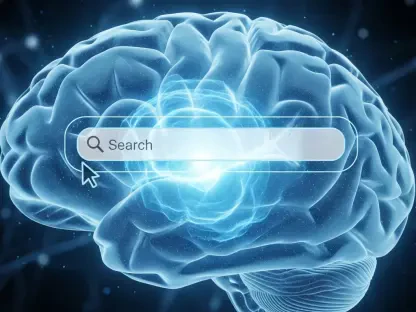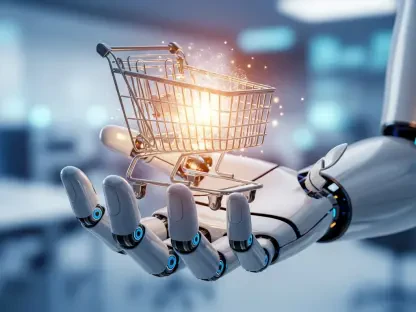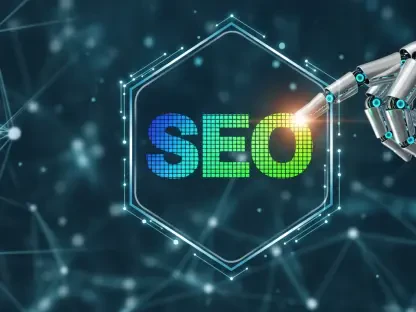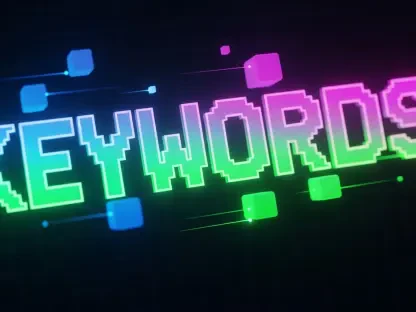Dive into the evolving landscape of digital advertising with Anastasia Braitsik, a global leader in SEO, content marketing, and data analytics. With her finger on the pulse of paid media trends, Anastasia offers unparalleled insights into the latest shifts in Facebook ad costs and performance benchmarks for 2025. In this interview, we explore the reasons behind rising costs per lead, the surprising efficiency of traffic campaigns, the challenges facing lead generation efforts, and the stark differences in performance across industries. Get ready for a deep dive into actionable strategies and expert perspectives on navigating the complexities of social advertising.
What’s driving the significant 21% increase in Facebook’s average cost per lead to $27.66 in 2025?
The jump in cost per lead to $27.66 reflects a mix of broader economic pressures and platform-specific dynamics. Inflation and tighter consumer budgets are reducing demand in certain sectors, making it harder to convert interest into leads. At the same time, competition on Facebook has intensified as more businesses vie for attention in a crowded digital space. Privacy regulations and changes in tracking capabilities have also forced advertisers to refine their targeting, often at a higher cost. It’s a perfect storm of factors pushing costs up across the board.
How does this cost hike compare to trends we’ve seen in previous years?
Historically, Facebook ad costs have fluctuated, but a 21% year-over-year increase is notably steep compared to the more gradual rises of past years. In the last couple of years, we saw increments of around 5-10% annually, often tied to seasonal competition or minor policy shifts. This year’s spike stands out due to the combined impact of economic challenges and evolving platform algorithms that prioritize ad relevance over sheer volume, which tends to drive up costs for everyone.
Despite this increase, why does Facebook still offer a much lower cost per lead compared to Google’s $70.11?
Facebook’s edge over Google in cost per lead comes down to its unique environment and audience behavior. The platform is inherently social, so users are often in a discovery mindset, more open to engaging with ads compared to Google’s search-driven, intent-based model where users expect immediate solutions. Facebook’s robust targeting options also allow for granular audience segmentation at a lower entry cost. Plus, the sheer volume of users means advertisers can scale campaigns more affordably, even with rising costs.
Turning to traffic campaigns, what’s behind the improved click-through rate of 1.71%, up from 1.57% last year?
The uptick in click-through rates for traffic campaigns is a positive signal that ad relevance and creative quality are improving. Marketers are getting better at crafting compelling visuals and copy that resonate with audiences. Additionally, Facebook’s algorithm updates and tools like Advantage+ are helping optimize ad delivery to the right users at the right time. It also helps that consumers are still engaging with ads despite economic pressures, showing that well-targeted campaigns can cut through the noise.
Why do some industries like Shopping, Collectibles & Gifts see sky-high click-through rates, while others like Automotive Repair struggle?
Industries like Shopping, Collectibles & Gifts often deal with impulse-driven or emotionally engaging products, which naturally draw clicks—think unique gifts or trendy items that spark curiosity. Their CTR of 4.13% reflects that. On the other hand, sectors like Automotive Repair, with a CTR of just 0.80%, cater to a more utilitarian need. People aren’t browsing social media for car fixes; they’re usually searching for immediate solutions elsewhere, so ads in this space don’t grab attention as easily unless there’s a crisis.
How do you explain the drop in cost per click for traffic campaigns to $0.70, even as lead costs are climbing?
The 6.7% drop in cost per click to $0.70 for traffic campaigns is tied to improved efficiency in ad delivery and higher engagement rates. When CTR goes up, as we’ve seen, the algorithm rewards advertisers with lower costs per interaction because the ads are deemed more relevant. Meanwhile, lead costs are rising due to conversion challenges further down the funnel, not at the click stage. It’s a divergence where initial engagement is getting cheaper, but turning that engagement into a lead is pricier.
Shifting to lead campaigns, what’s causing the conversion rate to fall from 8.67% in 2024 to 7.72% this year?
The drop in conversion rates for lead campaigns is largely due to economic headwinds and changing consumer behavior. With inflation squeezing budgets, people are more hesitant to commit, especially in industries tied to discretionary spending. Additionally, privacy changes have made tracking and retargeting less effective, so it’s harder to nurture leads through the funnel. Marketers also need to step up their game with creative and landing page optimization to maintain trust and drive action.
Which industries or factors are contributing most to the sharp rise in cost per lead for these campaigns?
The spike to $27.66 in cost per lead is heavily influenced by high-competition industries like healthcare and finance, where customer acquisition costs are naturally steep due to the value of a single lead. Economic factors play a role too—categories like home improvement are seeing reduced demand as consumers cut back on big purchases. Plus, the overall increase in ad spend across the platform means everyone’s paying more to stand out, especially in saturated markets.
Why do you think Dentists face such a high cost per lead at $76.71 compared to something like Restaurants & Food at just $3.16?
Dentists face a high cost per lead because their services are specialized, often urgent, and tied to a high lifetime customer value, which drives fierce competition among advertisers. A single patient can mean thousands in revenue, so bids skyrocket. Restaurants & Food, on the other hand, benefit from broad appeal and lower barriers to entry—everyone eats, and a $3.16 lead often reflects a quick, low-cost decision like ordering takeout. It’s about the nature of the service and the decision-making process.
Restaurants & Food also boast an impressive conversion rate of 18.25%. What makes this industry so successful on Facebook?
The success of Restaurants & Food on Facebook comes down to universal demand and emotional connection. Food is a daily need, and ads often tap into cravings or social experiences with mouthwatering visuals or time-sensitive offers like happy hour deals. That drives an 18.25% conversion rate. Plus, the decision to engage is low-risk for consumers—grabbing a meal isn’t a major commitment, unlike, say, signing up for a dental procedure or buying furniture.
Conversely, why do industries like Furniture struggle with such low conversion rates around 3.77%?
Furniture has a low conversion rate because it’s a high-consideration purchase. People don’t buy a couch or dining set on impulse—they research, compare prices, and often want to see items in person. At 3.77%, their conversion rate reflects that hesitation. Ads can drive awareness, but turning a click into a lead or sale requires overcoming significant decision barriers, especially in a tough economy where big-ticket items are often delayed.
Are there any unexpected industry trends in the data that marketers should keep an eye on?
One surprising trend is the strong engagement in niche categories like Arts & Entertainment, with a CTR of 3.92% for lead campaigns. It shows that experiential or passion-driven industries can still cut through despite broader cost increases. Marketers should watch these pockets of opportunity—smaller, highly engaged audiences can yield great returns if targeted creatively. It’s a reminder not to overlook industries that might not seem like obvious winners at first glance.
Looking ahead, what’s your forecast for Facebook ad performance in the coming years?
I expect Facebook ad performance to remain a mixed bag. Costs will likely keep rising as competition grows and privacy rules tighten, but the platform’s ability to deliver value through engagement and targeting will keep it a key player. Traffic campaigns should continue to offer efficiency for brand awareness, while lead generation will demand more strategic focus on quality over quantity. Marketers who leverage AI tools wisely and prioritize creative innovation will stay ahead, but it’ll be crucial to adapt to shifting consumer behaviors and economic realities.
